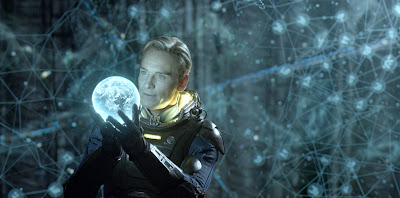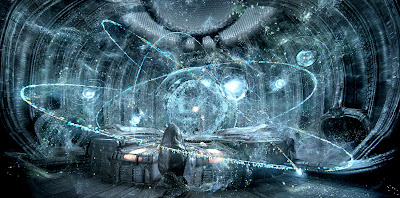This article originally ran in the West Valley View on June 22, 2012.
GOODYEAR, Ariz. — Technology brings about change. It also brings about death. Just
look at the graveyard: VHS, cassette tapes, dial-up modems, typewriters, rotary
phones.
Add to that list film projectors, which, at nearly 118 years old,
had a longer shelf life than most.
The 35mm film format will get a quiet send-off this week when
Dickinson Theatres, operator of the Palm Valley 14 theater in Goodyear, brings
in a dozen new digital projectors to replace a dozen film projectors. They are
the last film projectors showing first-run movies in the West Valley Arcadia 8 in Phoenix ,
that will likely be closing within the next year.
The movies will always be called films, but now it’s nearly impossible
to see one on actual film.
“It had to change eventually,” Daniel Pineda, projectionist at
the Dickinson
theater, said recently as he bounded up the stairs to the Goodyear projection
booth. “35mm was a great format, but it’s time has come.”
Pineda’s workspace is a long dark corridor high in the guts of
Palm Valley 14. Up there, amid 12 clicking and clacking film projectors (and 2
silently humming digital projectors), the air is hot, but luckily, Pineda said,
he doesn’t have a dress code.
Today he’s wearing a T-shirt with the Punisher skull on it, which
is an ominous image to see as he stalks the dark corridor, zigging and zagging
between the projectors and the massive film platters attached to them. These
spinning platters, held in place by a metal frame called a tree, are where the
film prints sit while the movies play. They’re as round as pitcher’s mounds,
and as Pineda zips past them he gives them a big spin, which sends the tail of
the film print flapping through the air.
He can reel up — or, as he calls it, “lace up” — a film in under
two minutes, which involves weaving a piece of film from a platter through a
series of wheels, gears and a roller-festooned brain. The process involves big,
sweeping movements from platter to tree to projector, but also small intricate
articulations when the film is guided through the projector housing, where the
light beams through the film, moving at 24 frames per second, on its way to the
screen down below.
Pineda, a Buckeye resident who’s worked as a projectionist for
two years, doesn’t romanticize film’s passing.
“This is my job, so digital or film it doesn’t really matter to
me,” he said while he guided the tail of a Prometheus
print from platter to projector. “I’ll tell you one thing, I won’t miss having
to worry about the humidity and all the problems that film has.”
Humidity is a film projectionist’s worst enemy. Too much and the
film starts sticking to itself, which can lead to film calamity: “One time I
came over here and the film was on the floor looking like spaghetti noodles,”
Pineda said. “It was a mess.”
There are other pros to the demise of film: no more annoying
scratches in the film prints, no more late nights assembling the films (they as
separate reels in boxes or cans), and no more reeling up the movies to the
projectors, which may take only two minutes each but it all adds up, Pineda
said. The digital systems are run on keystrokes and single buttons. The movies
are on hard drives or just downloaded from the studios. They aren’t without
their little quirks, though. For instance, troubleshooting a problem with a
digital projector is nearly impossible without calling the company that made
it.
“And it might get boring,” Pineda said. “Right now, I’m busy
while I lace up movies and then there won’t be anything to do up here for like
30 minutes, but then it starts all over again. With the digital systems there
will be a lot more down time.”
“I just don’t know what’s eventually going to happen to all this
stuff. Nobody knows,” he said. “Film won’t be made anymore, so there’s really
no reason to have it around.”
Until Dickinson — which is headquartered in Kansas and has
theaters throughout the central time zone as well as in Goodyear and Mesa —
decides what to do with the projectors they will most likely just stay in
storage at the Goodyear theater, Kasting said.
From the Lumière
Brothers and Thomas Edison in the 1890s to mothballs in the 21st Century, film
has had a long and full life. Kasting said he would be sad to see it go.
“Film had its ups and downs, but it was a great format. I loved
working with it all these years,” Kasting, a former projectionist said. “When
35mm first started, it was easily breakable and would catch fire and all that
good stuff. Now it’s like plastic, so it can stretch. Working with it really
made you appreciate film. Yeah, I’ll miss it.”


























































